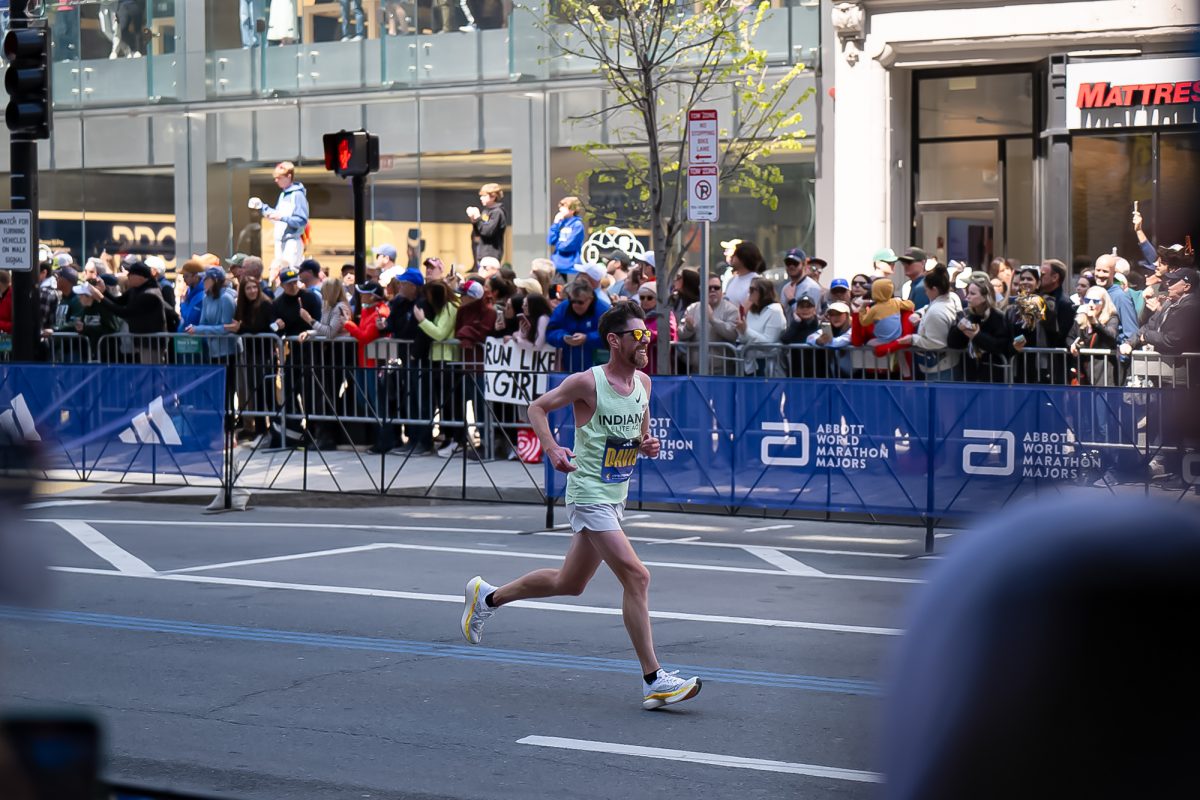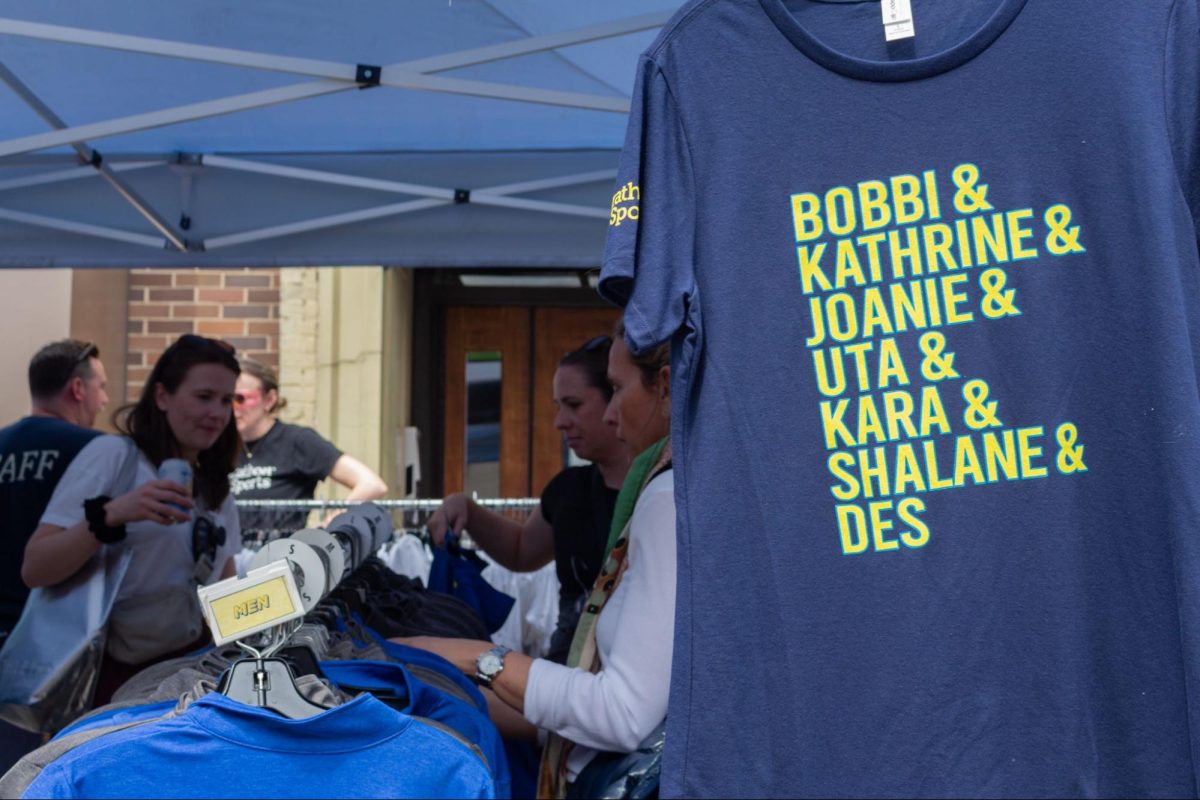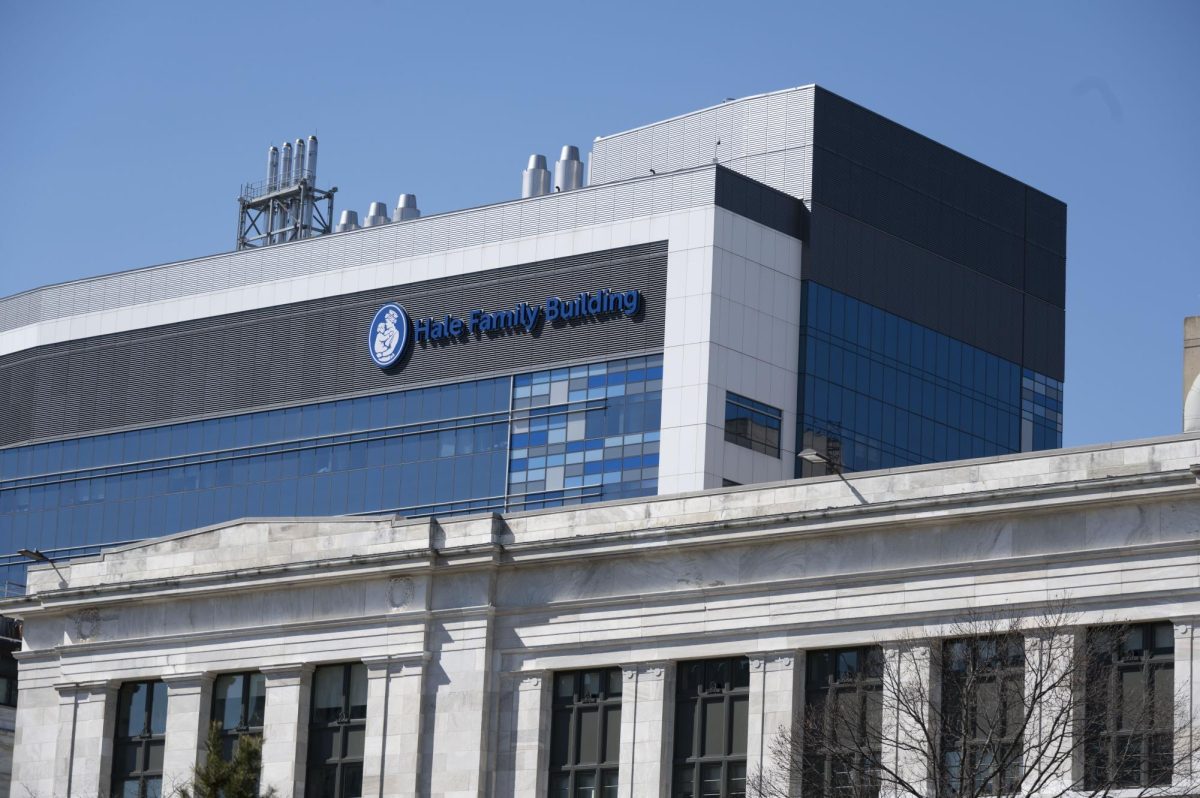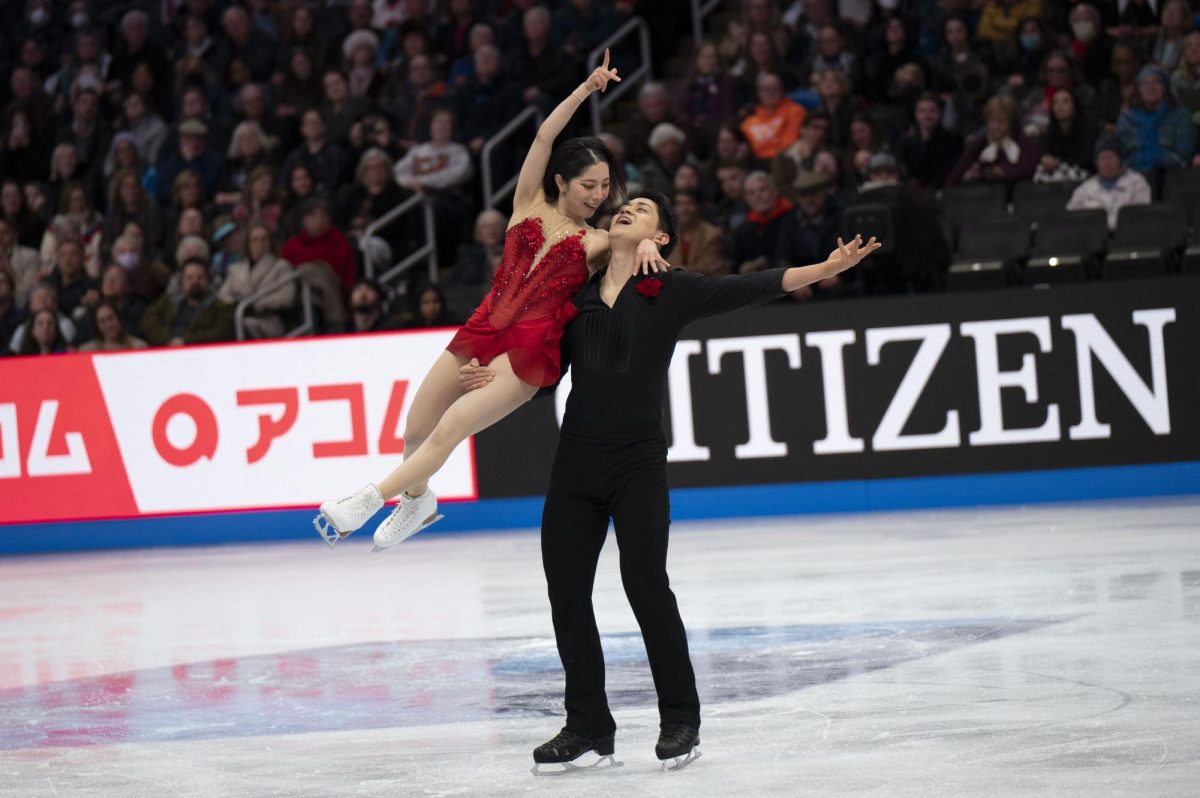
By Erica Moser, News Correspondent
Boston resident and mother Teresa Corrigan remembers frequently visiting Boston Children’s Museum in the 1970s. She would go through “grandma’s trunk” in an exhibit she called The Attic, and learn about culture in the Japanese room.
Now, she brings her 9-year-old daughter to the museum almost bi-weekly, to get her out of the house and away from TV and electronics.
“I always say to her, ‘having a memory is better than having materials,’” Corrigan said.
Boston Children’s Museum celebrates its 100th anniversary this year and will host “The Power of Play Gala Weekend” on Oct. 5 and 6.
The weekend kicks off Friday, Oct. 5 at 5 p.m. with Remix of the Ages, an event museum spokeswoman Jo-Anne Baxter described as “a dance party led by youth and supported by adults.” The 500-member Boston Children’s Chorus will perform a piece specially commissioned for the centennial.
Other features of the weekend include a processional led by Chinese dragon dancers, dance lessons and performances, a floating birthday cake, live animals and games. Saturday night culminates with the 21-and-over party “Up Too Late.”
The events honor a museum with a hundred-year history of innovation and bringing joy to children.
“We’ve had to evolve as the kids have evolved,” Baxter said. “Kids today are a lot more advanced than they were 100 years ago.”
Back then, a group of teachers founded Boston Children’s Museum, the second oldest children’s museum in the country, in the Jamaica Plain neighborhood. Michael Spock served as museum director from 1962-1985 and pioneered the concept of hands-on learning.
“If you notice, there are very few glass cases [around the exhibits],” Michael Yogman, chairman of the museum’s Board of Trustees, said. “That concept was brand-new when Spock introduced it.”
Boston Children’s Museum moved to its current location on the Fort Point Channel in 1979. A 2007 renovation added 22,000 square feet and made it Boston’s first green museum.
The museum boasts multiple green features, including real time heating and cooling controls, storm water reclamation and water-use reduction equipment.
Gerry Miller, who brought her 11-year-old grandson and 6-year-old granddaughters to the museum, remembered taking her kids in the 1980s.
“It wasn’t quite as elegant as this. This is lovely,” Miller said. “It certainly wasn’t colorful or anything like this.”
The museum has also changed to reflect modern classics in children’s entertainment. An example is the Arthur & Friends exhibit.
“One of the things that we’ve done with Arthur is to use the nurse’s office that Arthur goes to and Buster’s asthma as a learning experience for children with chronic illness,” Yogman said.
Arthur & Friends is one of 17 permanent exhibits at the museum. There are also interchangeable spaces, traveling exhibits and ones built right at the museum, Baxter said.
One of these is Construction Zone, where kids can ride a Bobcat, balance on a “high beam” and operate a jackhammer.
“It shows a lot of girls in positions in construction,” Miller said. “That’s a good model for them to think about.”
The Common exhibit helps children develop motor skills through chairs that play music, interactive shadow walls and tangrams.
Boston Black, another exhibit, highlights the city’s African-American culture with stations like African Queen Beauty Salon, The Pico Duarte Market and Café Sodade.Other exhibits focus on bubbles, environmental consciousness and exercise.
“They tend to actually rotate the exhibits in the way that allows the parents to trust that every time we bring our children to the museum, the place does not become saturated,” Nina Araujo, adjunct professor of education at Northeastern, said.
Araujo also spoke of how the museum raises awareness of different racial groups. Yogman described the museum’s success as “leveling the sandbox.”
The museum has also adapted to new technologies in its 100-year history.
“We’re doing a lot of thinking about that,” Yogman said. “We had a technology task force. We’re struggling with the pros and cons of that.”
He added that they want to keep kids active, not passive.
Boston Children’s Museum gives children the chance to see things they haven’t seen before and do things their own way, said Laura Schulz, an associate professor of cognitive sciences at the Massachusetts Institute of Technology who has done research at an on-site laboratory in the museum.
“The whole point of that place is you can’t actually predict what one child will do from what another child will do,” Schulz said. “Kids in different moods, kids in different ages, kids in different temperaments – they can all find something to engage with.”









